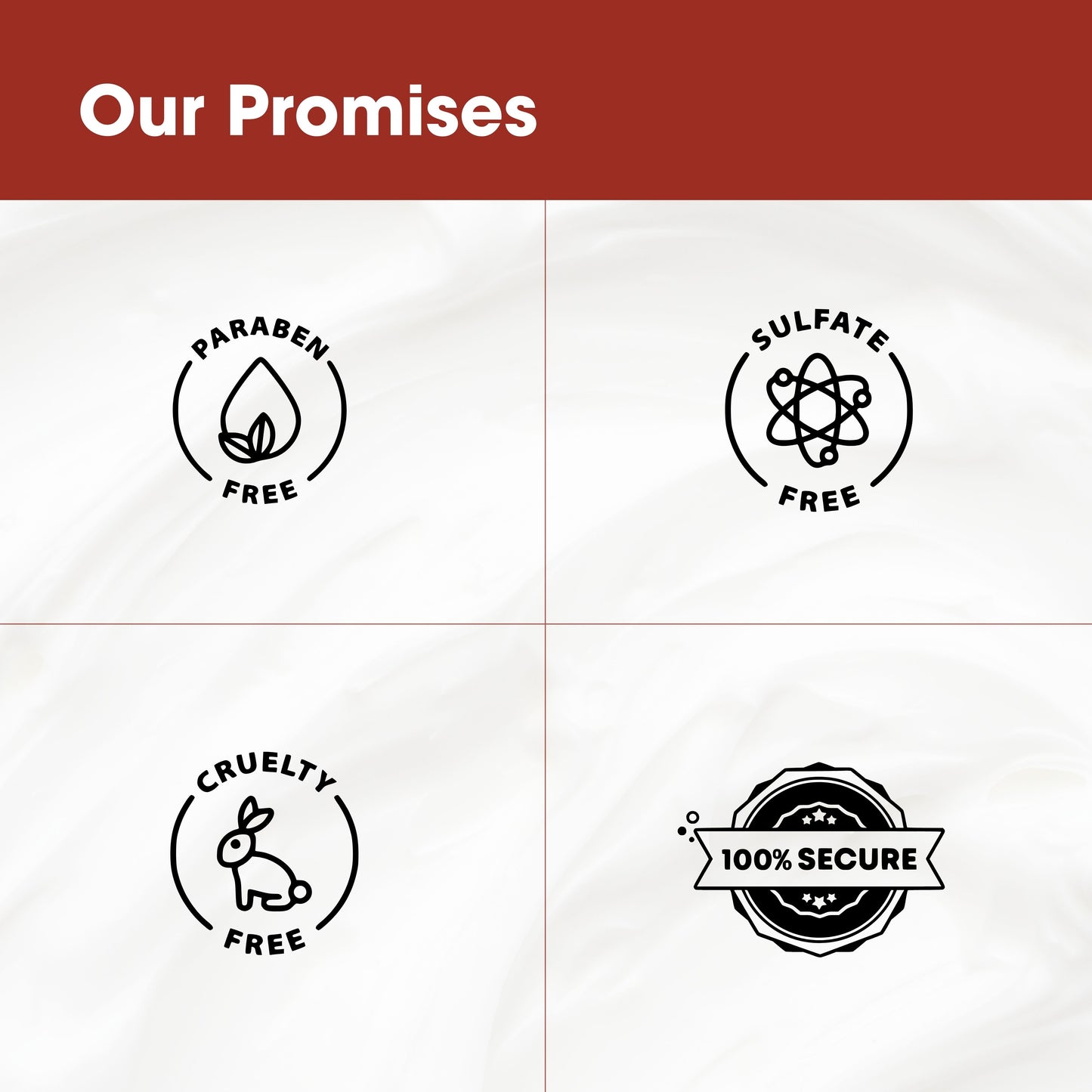Which Oil Is Best For Stretch Marks During Pregnancy?
Stretch marks, medically known as striae gravidarum, are a common concern during pregnancy. They occur due to the rapid stretching of the skin as the body grows to accommodate the developing baby. While they pose no health risks, many expectant mothers seek ways to prevent or minimize their appearance. One effective approach involves the use of natural oils known for their skin-nourishing properties.
Understanding Stretch Marks During Pregnancy
Stretch marks typically appear on the abdomen, breasts, hips, thighs, and buttocks. They begin as reddish or purplish lines and gradually fade to a lighter color over time. The development of stretch marks is influenced by factors such as genetics, hormonal changes, and the degree of skin stretching.
Maintaining skin elasticity and hydration is crucial in preventing stretch marks. Natural oils can play a significant role in this regard, providing essential nutrients and moisture to the skin.
Beneficial Oils for Preventing Stretch Marks
1. Sweet Almond Oil
Sweet almond oil is rich in vitamin E, a potent antioxidant that supports skin health. Its emollient properties help keep the skin soft and supple, enhancing its ability to stretch without tearing. Regular application can improve skin tone and texture, reducing the likelihood of stretch mark formation.
2. Rosehip Oil
Extracted from the seeds of wild rose bushes, rosehip oil contains essential fatty acids and vitamins A and C. These nutrients promote skin regeneration and improve elasticity. A study published in 2013 found that a moisturizer containing rosehip oil helped prevent the severity of stretch marks in pregnant women with previous stretch marks. [Source]
3. Coconut Oil
Coconut oil is known for its moisturizing properties. It penetrates deeply into the skin, providing hydration and strengthening the skin's barrier function. Its anti-inflammatory and antioxidant characteristics also support skin healing and repair.
4. Argan Oil
Argan oil, often referred to as "liquid gold," is packed with vitamin E and essential fatty acids. These components enhance skin elasticity and hydration, making it a popular choice for preventing and treating stretch marks. Its non-greasy texture allows for easy absorption, making it suitable for daily use.
5. Jojoba Oil
Jojoba oil closely resembles the skin's natural sebum, allowing it to absorb easily and provide lasting moisture. It contains vitamins E and B-complex, which help in skin repair and damage control. Regular use can improve skin suppleness and reduce the likelihood of stretch mark formation.
Application Tips for Optimal Results
To maximize the benefits of natural oils in preventing stretch marks during pregnancy, consider the following application tips:
- Consistency is Key: Apply the oil daily, preferably after a shower when the skin is slightly damp to lock in moisture.
- Massage Gently: Use circular motions to massage the oil into the skin, promoting better absorption and stimulating blood flow.
- Focus on Vulnerable Areas: Pay extra attention to areas prone to stretch marks, such as the abdomen, thighs, hips, and breasts.
- Combine with a Healthy Lifestyle: Maintain a balanced diet rich in vitamins and stay hydrated to support skin health from within.
Introducing a Comprehensive Solution
For those seeking a product that combines the benefits of these natural oils, consider exploring Afterthought Skincare Oil. This formulation is designed to nourish the skin deeply, enhance elasticity, and support the skin's natural healing processes. Incorporating such a product into your skincare routine can provide a holistic approach to stretch mark prevention and care.
Conclusion
While stretch marks are a natural part of pregnancy, incorporating natural oils into your skincare regimen can help maintain skin elasticity and reduce their appearance. By understanding the benefits of oils like sweet almond, rosehip, coconut, argan, and jojoba, and utilizing comprehensive products such as Afterthought Skincare Oil, you can take proactive steps towards healthier, more resilient skin during this transformative period.
Also Read: Which Oil Is Best For Stretch Marks?






